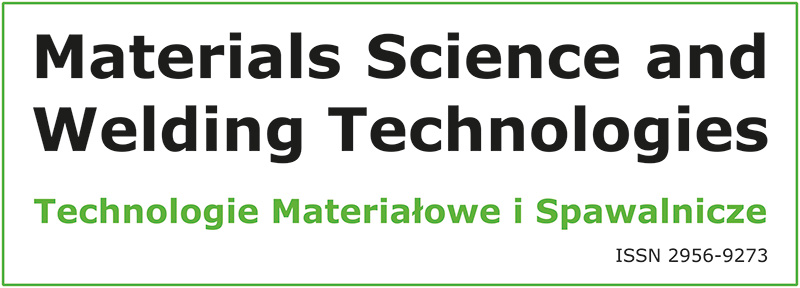Hybrid Welding of Metal-Polymer Composites with a Non- Conducting Polymer Layer
Metal-polymer composites (MPCs) are becoming increasingly popular primarily because of their high strength-to-weight ratio. Metal-polymer composites consist of three layers, i.e. two external metallic sheets (linings) and the core made of plastic. The presence of the internal plastic layer makes MPCs impossible to join using conventional welding processes, which significantly limits their usability. One of the solutions to the problem involves the use of hybrid methods, e.g. ultrasonic method-aided resistance welding. The research work discussed in the article involved the development of a prototype test rig and a technology enabling the joining of the Litecor® composite with steel DP600. The joining process consisted of two stages. The first stage involved the removal of the non-conducting layer of polymer from the welding area and the making of an appropriate electric contact for resistance welding. The second stage was the classical resistance spot welding process. The development of the concept posed a challenge as it was necessary to develop an appropriate acoustic waveguide for high-power ultrasonic waves which, at the same time, could transfer loads in the form of electrode force as well as provide appropriate electric and thermal conductivity without compromising acoustic parameters during the welding process. The development of the test rig was followed by the performance of numerous tests aimed to identify the appropriate window of process parameters. Test joints were subjected to macrographic, strength, ultrasonic and topographic tests.
doi: 10.17729/ebis.2021.4/4

